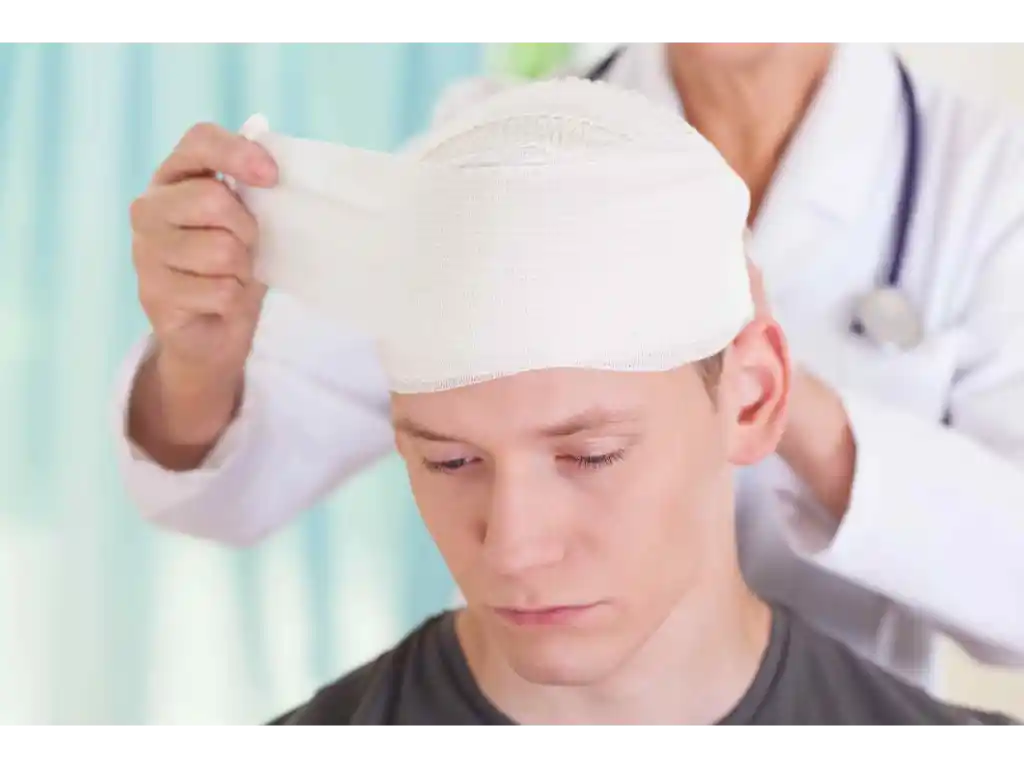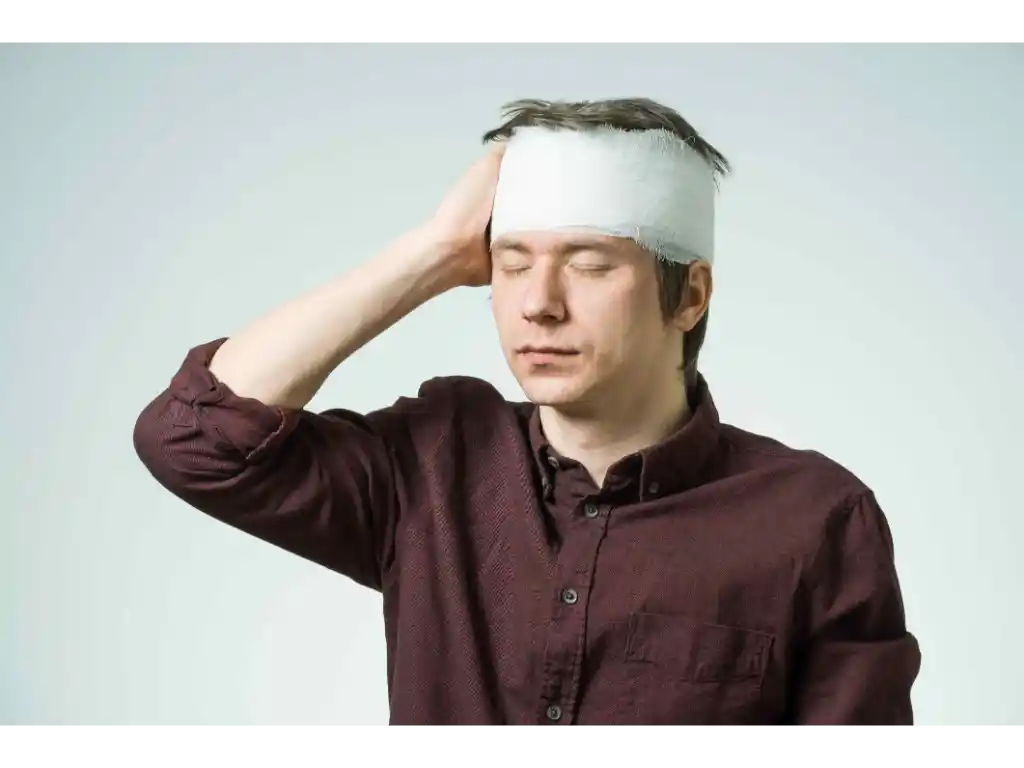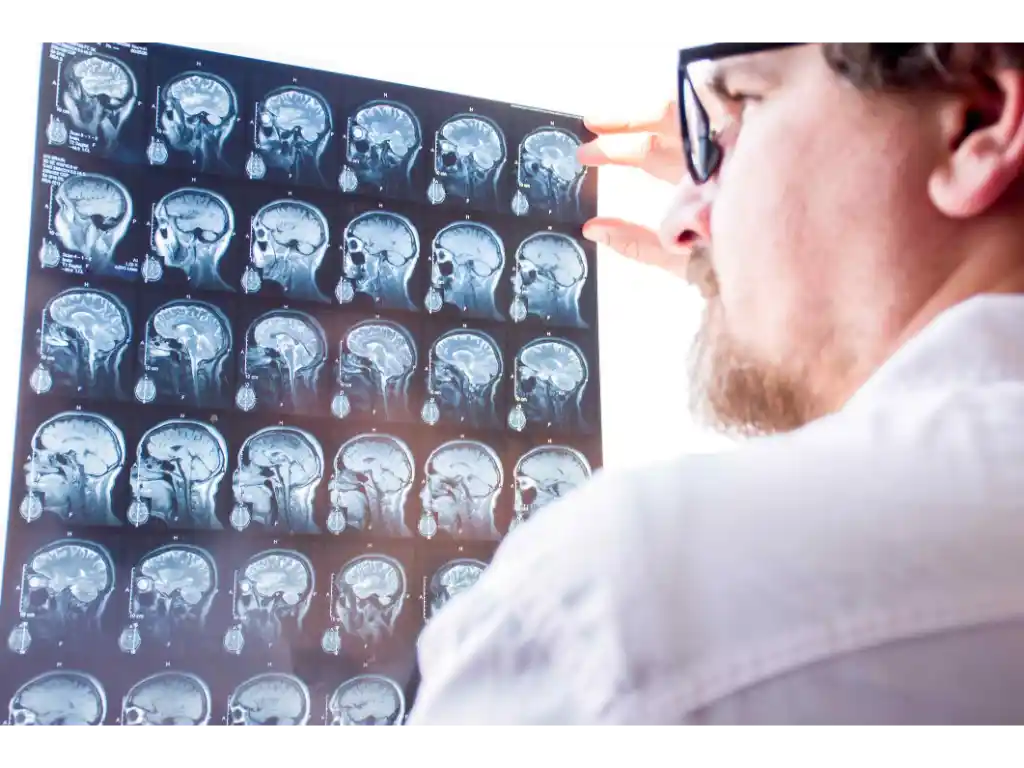
New Research Shows Youth Football Drills Result in Changes in the Brain
Pre-season football training camps will soon be starting up all over the country, which means young players will be involved in various contact drills and exercises to get themselves ready to compete. However, a new study from Wake Forest School of Medicine and the University of Texas Southwestern, shows that head impacts experienced during practice are associated with changes in brain imaging of young players over multiple seasons. The research was published in the Journal of Neurosurgery: Pediatrics.
According to author Jill Urban, Ph.D., “Although we need more studies to fully understand what the measured changes mean, from a public health perspective, it is motivation to further reduce head impact drills used during practice in youth football.”
The goal of the study was to closely monitor and examine changes in head impact exposure (HIE) before and after the football season. The study consisted of 47 athletes who participated in youth football for two or more consecutive years between 2012 and 2017. There were no clinically diagnosed concussions among the 47 youth athletes during the study period. The control group for the study was made up of 16 youth athletes who participated in non-contact sports like swimming, tennis, and track.
Both groups of study participants completed MRIs before and after their respective seasons. Researches used fusion tensor imaging (DTI), to assess the integrity of the brain’s white matter and find possible sites of injury.
Researchers also used the Riddell Head Impact Telemetry System in the football helmets to collect biomechanical data of linear and rotational head accelerations of head impacts during all practices and games. Brain images were obtained pre-and post-season for two consecutive football seasons for 19 of the 47 youth football athletes. Researchers combined the data obtained from the brain images with the data from the head impact telemetry system and found variations in head impact exposures from year to year and between athletes.
Dr. Urban said, “Our findings further support ongoing efforts to reduce the number of head impacts in football practices. In an upcoming study, we plan to engage stakeholders in the youth football community to develop and test practical solutions informed by the data we collect on the field to reduce head impacts in practice.”
Consult with Our Compassionate Sports Concussion Lawyers
Our sports concussion lawyers at Scarlett Law Group know that many coaches and athletic trainers trivialize and dismiss the dangerous possibility of a traumatic brain injury (TBI) and allow young athletes to continue to play after a serious head impact. If you or someone you know has suffered a TBI playing youth sports, please contact our law firm immediately so we can discuss your options under the law.
Call 415-688-2176 or contact us online to schedule your case consultation.
Ask A Question,
Tell Us Your Situation, &
Get A Free Consultation
Contact Us & We’ll Guide You Through Your
Next Steps!
Required Fields*
Your Information Is Safe With Us.
We respect your privacy. The information you provide will be used to answer your question or to schedule an appointment if requested.
New Research Shows Youth Football Drills Result in Changes in the Brain

Pre-season football training camps will soon be starting up all over the country, which means young players will be involved in various contact drills and exercises to get themselves ready to compete. However, a new study from Wake Forest School of Medicine and the University of Texas Southwestern, shows that head impacts experienced during practice are associated with changes in brain imaging of young players over multiple seasons. The research was published in the Journal of Neurosurgery: Pediatrics.
According to author Jill Urban, Ph.D., “Although we need more studies to fully understand what the measured changes mean, from a public health perspective, it is motivation to further reduce head impact drills used during practice in youth football.”
The goal of the study was to closely monitor and examine changes in head impact exposure (HIE) before and after the football season. The study consisted of 47 athletes who participated in youth football for two or more consecutive years between 2012 and 2017. There were no clinically diagnosed concussions among the 47 youth athletes during the study period. The control group for the study was made up of 16 youth athletes who participated in non-contact sports like swimming, tennis, and track.
Both groups of study participants completed MRIs before and after their respective seasons. Researches used fusion tensor imaging (DTI), to assess the integrity of the brain’s white matter and find possible sites of injury.
Researchers also used the Riddell Head Impact Telemetry System in the football helmets to collect biomechanical data of linear and rotational head accelerations of head impacts during all practices and games. Brain images were obtained pre-and post-season for two consecutive football seasons for 19 of the 47 youth football athletes. Researchers combined the data obtained from the brain images with the data from the head impact telemetry system and found variations in head impact exposures from year to year and between athletes.
Dr. Urban said, “Our findings further support ongoing efforts to reduce the number of head impacts in football practices. In an upcoming study, we plan to engage stakeholders in the youth football community to develop and test practical solutions informed by the data we collect on the field to reduce head impacts in practice.”
Consult with Our Compassionate Sports Concussion Lawyers
Our sports concussion lawyers at Scarlett Law Group know that many coaches and athletic trainers trivialize and dismiss the dangerous possibility of a traumatic brain injury (TBI) and allow young athletes to continue to play after a serious head impact. If you or someone you know has suffered a TBI playing youth sports, please contact our law firm immediately so we can discuss your options under the law.
Call 415-688-2176 or contact us online to schedule your case consultation.
Post tags
Table of contents
Related Blog Posts

Traumatic Brain Injury May Be a Risk Factor for Schizophrenia
Mental disorders are one of the most common outcomes of traumatic brain injury (TBI). About 1 in 3 individuals who sustain a TBI will develop depression in the following six months, and about half will…

Noise Sensitivity Following Mild Traumatic Brain Injury is a Predictor of Long-Term Post-Concussive Symptoms
The symptoms associated with mild traumatic brain injury (mTBI), also called concussion, typically resolve within a few weeks. One of the most common symptoms is noise sensitivity, which can cause discomfort and distress in loud,…

Is a Neuropsychological Exam Necessary After Suffering a Brain Injury?
After a person suffers a minor or severe brain injury, doctors often use MRI or C.T. scans to help identify lesions and determine if there is any neurocognitive dysfunction. However, even with a C.T. scan…

